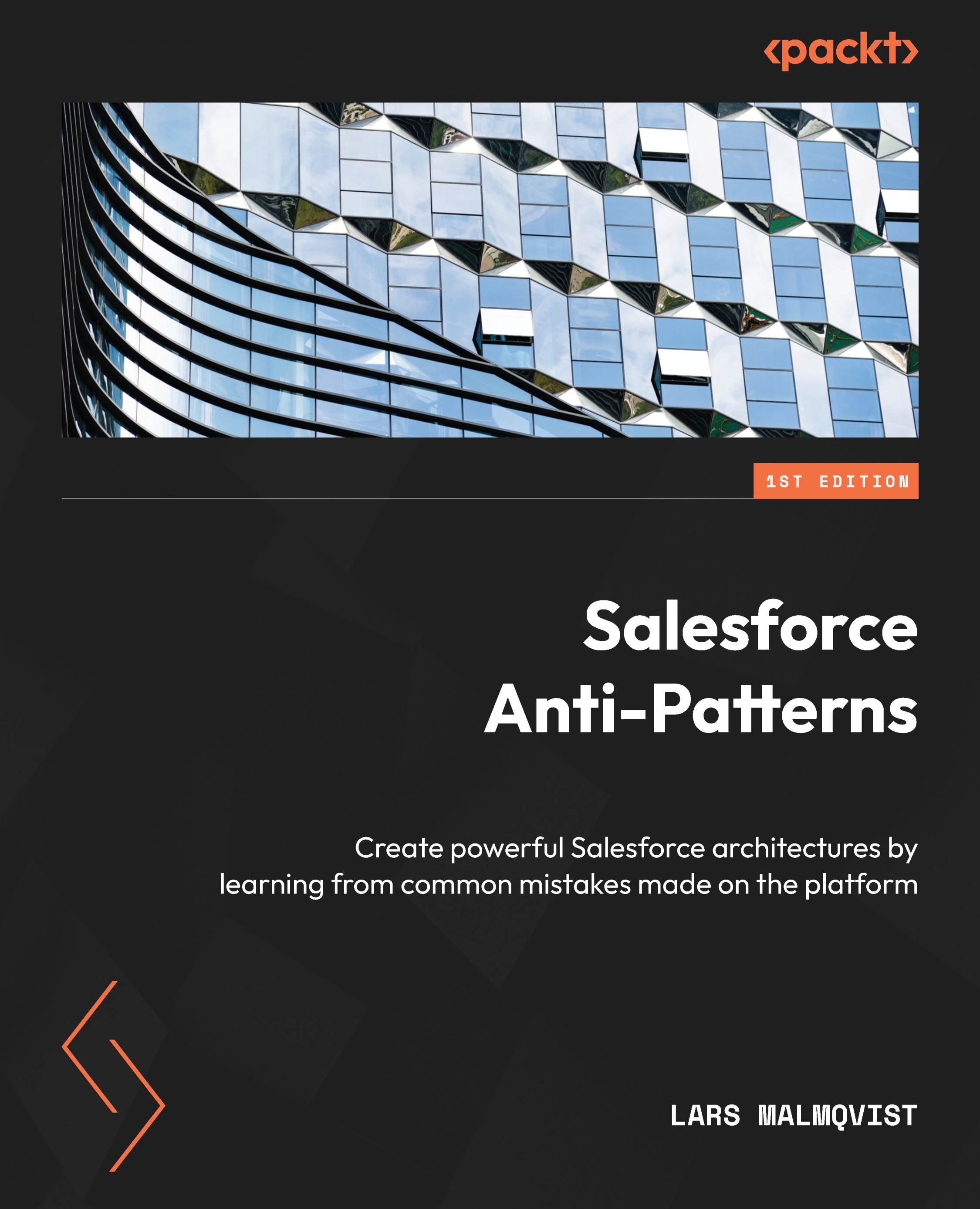Muddling up the integration landscape
This section covers two anti-patterns that in different ways can create havoc in your integration landscape. We will start by looking at how not to use middleware.
Middleware in name only (MINO)
Example
PumpCo is a large B2B company that specializes in the production of pumps for industrial production. It operates in more than 30 markets and has historically underinvested in IT systems and used largely manual processes for sales that have varied substantially between countries and product lines.
Over the past year, it has started to implement Salesforce Sales Cloud and CPQ to drive standardization of the sales process globally. Their one major IT platform that has received substantial investment in the past is SAP and, fundamentally, SAP runs all key parts of the business today.
Michelle is brought in as an integration architect...

































































